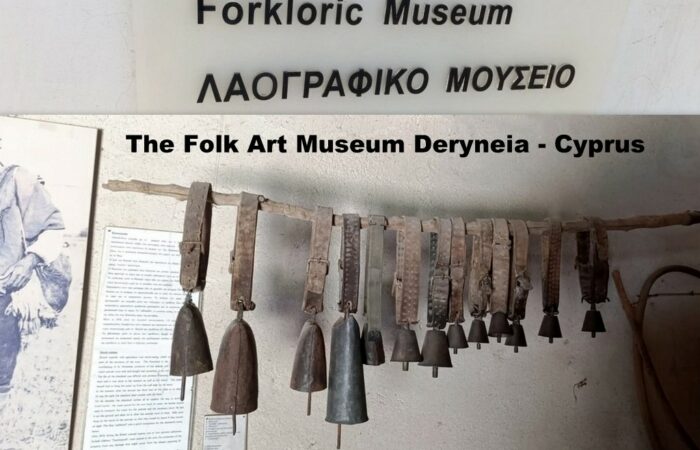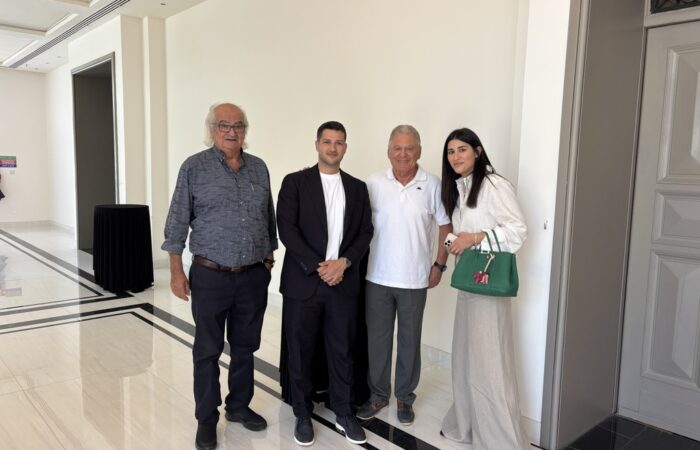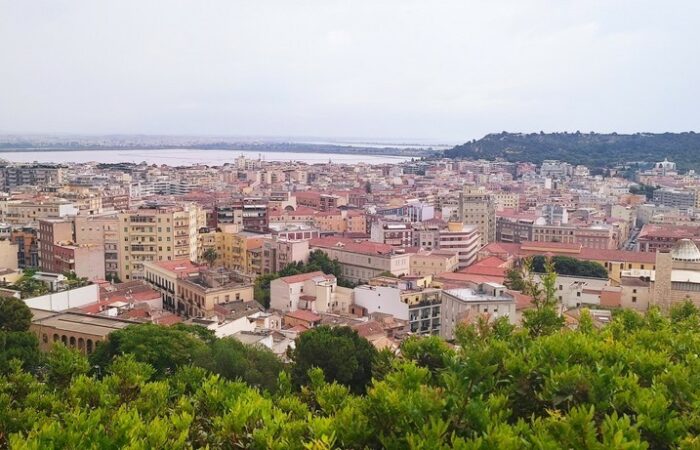End of May I hat the great chance to visit Philippopolis now Plovdiv city in Bulgaria. I had splendid time an I much enjoyed the modern as well the old city’s amazing beauties and interesting historical and cultural sights. I was really excited about the place and the people. Thanks to my friend Plamen Starev, Secretary-General of Bulgarian Association of Travel Writers and Journalists – ABUJET, FIJET EC member, who informed me and connected me with his colleague Karina Byalkova an ABUJET, FIJET member in Plovdiv, Bulgaria.
So, I had the great chance to meet Karina, a charming lady with an amazing big smile. A pleasant personality who gave everyone a welcoming smile. It goes without saying that this kind of meetings offer a great opportunity for exchange of information and ideas on tourism, economy, social and current problems.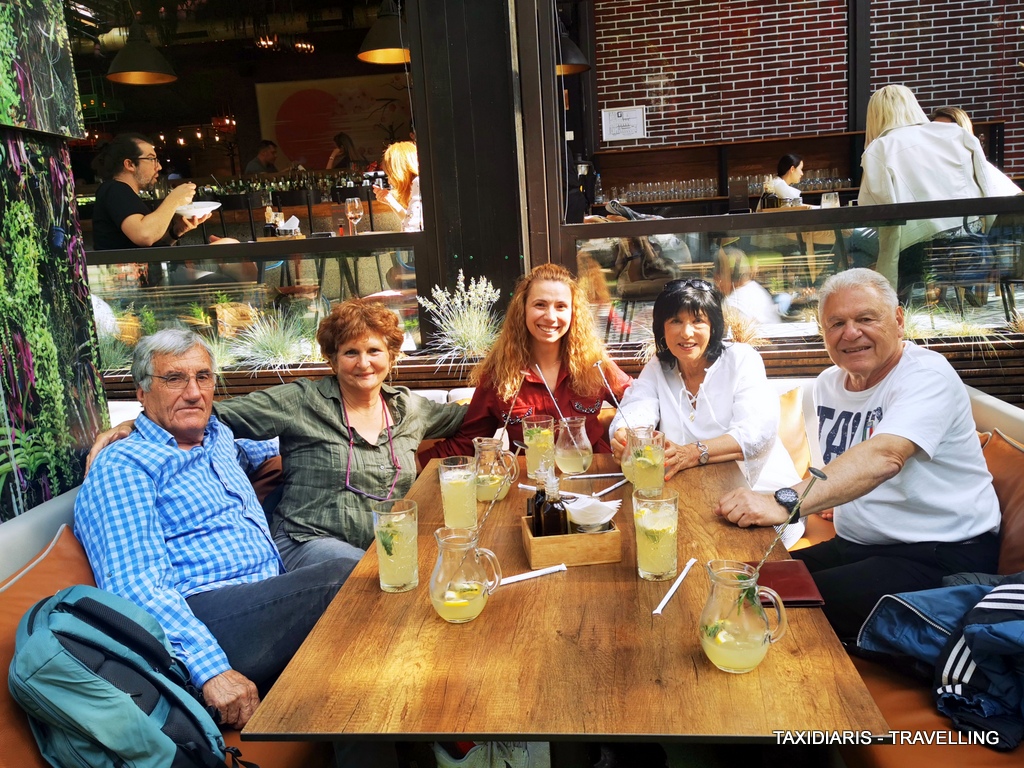
Yiannis Xypolytos, Kiki Xypolytou, Karina Byalkova, Popi Nicolaidou & Phivos Nicolaides, sharing great time in a cozy coffee shop in splendid Plovdiv city in Bulgaria.
Γιάννης Ξυπόλυτος, Κική Χυπόλυτου, Karina Bayalkova, Πόπη Νικολαΐδου & Φοίβος Νικολαΐδης, απολαμβάνουν ευχάριστες στιγμές σε μια ωραία καφετέρια στη Φιλιππούπολη τής Βουλγαρίας.
Plovdiv, Bulgaria
Philippopolis (Ancient Greek: Φιλιππούπολις, Φιλιππόπολις) is one of the names of the ancient city situated where Plovdiv is today. The city became one of the largest and most important in the region and was called “the largest and most beautiful of all cities” by Lucian. During most of its recorded history, the city was known by the name Philippopolis, lit. (“Philip’s city”) after Philip II of Macedon. Philippopolis became part of the Roman empire and capital of the Roman province of Thracia. Philippopolis was in a fertile region on the banks of the Maritsa River (the ancient Hebrus). The city historically developed on seven syenite hills, some of which are 250 metres (820 feet) high, because of which Plovdiv is often referred to in Bulgaria as “The City of the Seven Hills”.
Η Φιλιππούπολη (αρχαία ελληνικά: Φιλιππούπολις, Φιλιππόπολις) είναι ένα από τα ονόματα της αρχαίας πόλης που βρίσκεται σήμερα στο Plovdiv. Η πόλη έγινε μια από τις μεγαλύτερες και πιο σημαντικές στην περιοχή και ονομάστηκε «η μεγαλύτερη και πιο όμορφη από όλες τις πόλεις» από τον Λουκιανό. Κατά το μεγαλύτερο μέρος της καταγεγραμμένης ιστορίας της, η πόλη ήταν γνωστή με το όνομα Φιλιππούπολις, δηλ. «πόλη του Φιλίππου» από τον Φίλιππο Β’ της Μακεδονίας. Η Φιλιππούπολη έγινε μέρος της ρωμαϊκής αυτοκρατορίας και πρωτεύουσα της ρωμαϊκής επαρχίας της Θράκης. Η Φιλιππούπολη βρισκόταν σε μια εύφορη περιοχή στις όχθες του ποταμού Μαρίτσα (της αρχαίας Έβρου). Η πόλη αναπτύχθηκε ιστορικά σε επτά λόφους από συενίτη, μερικοί από τους οποίους έχουν ύψος 250 μέτρα (820 πόδια), εξαιτίας των οποίων η Φιλιππούπολη αναφέρεται συχνά στη Βουλγαρία ως «Η πόλη των επτά λόφων».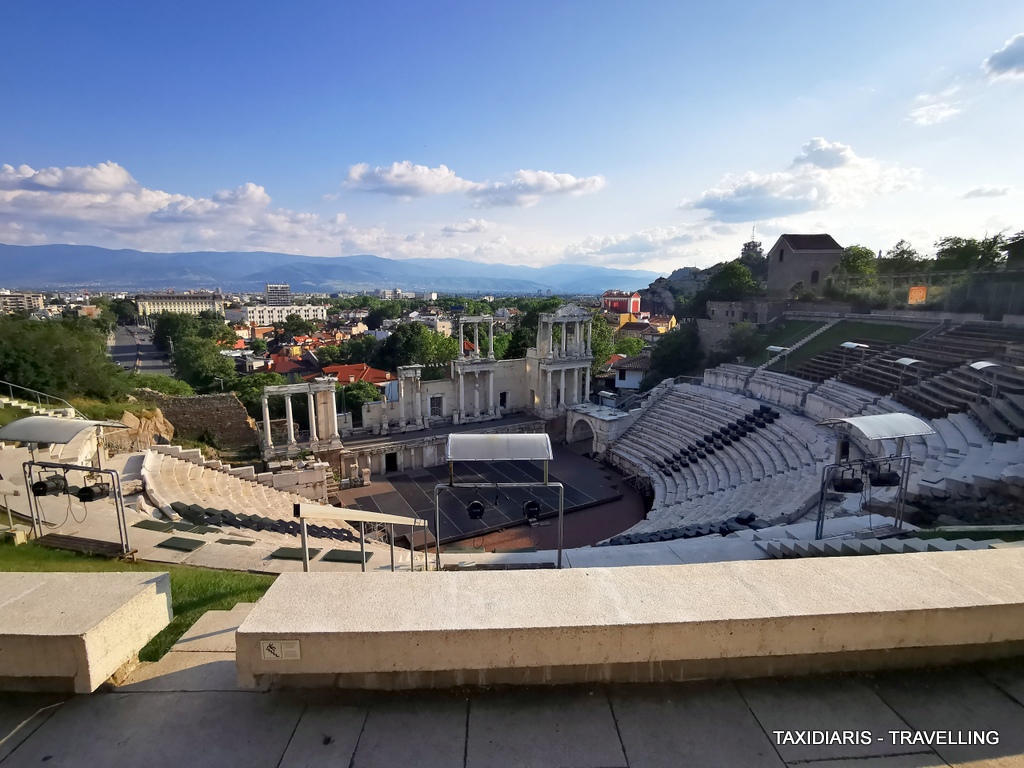
The Ancient Roman Theatre of Philippopolis
His exquisite beauty will enchant you and it will take you back in time of Emperor Trajan at the beginning of II century. The Ancient Roman Theatre of Philippopolis is among the best preserved ancient theaters in the world. His exquisite beauty will enchant you and it will take you back in time of Emperor Trajan at the beginning of II century. With its 28 concentric rows of seats, intereting inscriptions and wonderful statues, it attracts every eye and carries the spirit of ancient Rome. Thanks to the specific architecture of the theater, the acoustic is unique – imagine what spectacular performances, games and events have taken place there! Today it is also used for concerts and performances, with seats for about 5000 spectators.
Το Αρχαίο Ρωμαϊκό Θέατρο της Φιλιππούπολης
Η εξαίσια ομορφιά του θα σας μαγέψει και θα σας ταξιδέψει πίσω στον χρόνο του αυτοκράτορα Τραϊανού στις αρχές του 2ου αιώνα. Το Αρχαίο Ρωμαϊκό Θέατρο της Φιλιππούπολης είναι ένα από τα καλύτερα διατηρημένα αρχαία θέατρα στον κόσμο. Η εξαίσια ομορφιά του θα σας μαγέψει και θα σας ταξιδέψει πίσω στον χρόνο του αυτοκράτορα Τραϊανού στις αρχές του 2ου αιώνα. Με τις 28 ομόκεντρες σειρές καθισμάτων, τις ενδιαφέρουσες επιγραφές και τα υπέροχα αγάλματα, μαγνητίζει κάθε βλέμμα και μεταφέρει το πνεύμα της αρχαίας Ρώμης. Χάρη στη συγκεκριμένη αρχιτεκτονική του θεάτρου, η ακουστική είναι μοναδική – φανταστείτε τι θεαματικές παραστάσεις, παιχνίδια και εκδηλώσεις έχουν λάβει χώρα εκεί! Σήμερα χρησιμοποιείται επίσης για συναυλίες και παραστάσεις, με θέσεις για περίπου 5000 θεατές.


